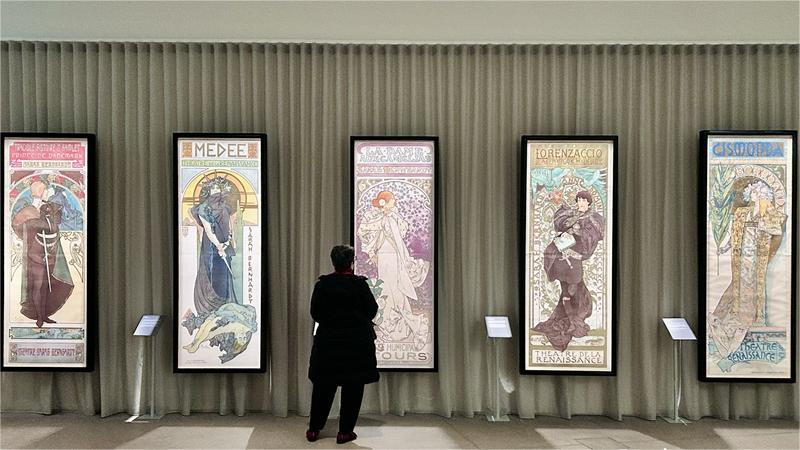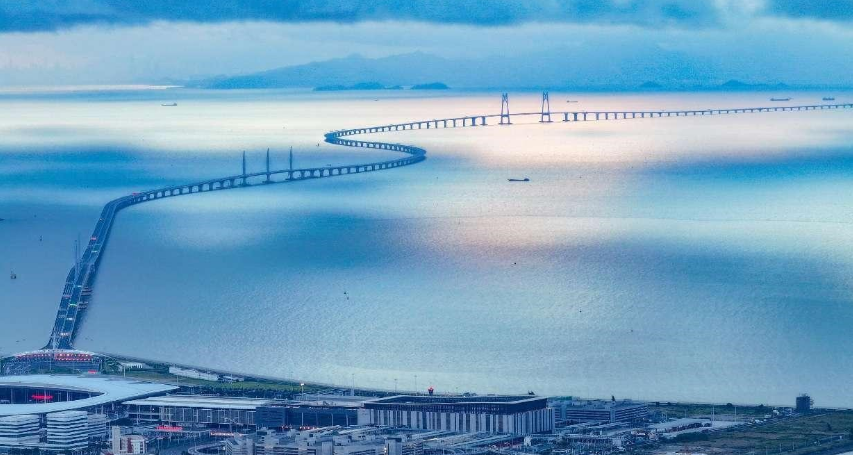Why "China Travel" going viral is causing a Western media meltdown

Tourists visit the Temple of Heaven in Beijing, capital of China, May 2, 2024. (PHOTO / XINHUA)
"Chinese propaganda machine," "Chinese-sponsored media," and "Chinese white monkey propagandist"—these are the go-to phrases for Western media when they need to smear those who dare to show the real China to the world. But this time, their efforts have spectacularly backfired. With "China Travel" going viral across Western mainstream media, a growing number of travelers and viewers are getting a firsthand look at the vibrant, authentic China, shattering the carefully constructed information blockade maintained by Western politicians and media.
As the Chinese government continues to expand its visa-free policy and create increasingly favorable conditions for foreign travelers, a growing number of global tourists are being drawn to this Eastern nation, bringing with them fresh perspectives on a much-misinterpreted country. Over the past few months, the topic of "China Travel" has dominated Western social media platforms such as YouTube and TikTok. Titles like "This is the Xinjiang the Western Media DOSEN'T Want You to See," "The media Lied to EVERYONE about China? We share the TRUTH," and "The world WON'T believe China looks like this" are all over social media, with travelers sharing their impressions of China and expressing surprise at how they have been misled by Western media.
"Most of my knowledge of China is limited to what I've heard in the news over the last few years," Australian video blogger Josie said in a vlog about her first journey in China. "Most of the fears I had of China simply didn't come true. As I explored more of the city, constant smiles, curious kids, and the general friendliness of everyone we met made me feel so comfortable and welcomed," she said.
How inconvenient it must be for Western media to see their elaborate narrative crumble under the weight of actual evidence. Since labeling it as Chinese propaganda is no longer a viable option to smear the authentic portrayal of China, they've resorted to a new and desperate tactic: claiming that foreigners are on a "massive movie set, seeing a facade of freedom."
The idea that what foreigners see and experience in China is not real but a false appearance orchestrated by the Chinese government is laughable. Global travelers visit China of their own free will, eager to explore a country they have heard so much about in daily headlines, with no intention of disproving any narrative. Their travel destinations and plans vary from person to person, and they are entitled to have close contact with locals. Is it really possible for China to be so powerful as to ensure that everything these travelers see and everyone they interact with is part of a premeditated plan? How could a country with over a billion people stage a continuous, elaborate performance just to deceive a few tourists and vloggers? The logistics alone would be impossible, not to mention the sheer implausibility of coordinating such a massive charade.
The Western media’s inability to find concrete points of criticism is telling. They have no choice but to pin their hopes on the future, suggesting that as more people visit China, they will eventually uncover its supposed flaws. "Inevitably, though, as China has allowed in more foreign visitors — and cameras — it becomes harder to shape the narrative that emerges," is an ineffective claim from The New York Times. Regardless of what the future holds, this type of argument is a clear admission of their current narrative's failure.
Foreign visitors are seeing a real, vibrant China, with no premeditated charades to mask its reality. They experience the culture, interact with the people, and witness the country's development firsthand. Western media, unable to discredit these authentic experiences, are left grasping at straws. They can't provide substantial criticisms based on what tourists are actually seeing because these visitors are not finding the flaws and fabrications the media has long insisted exist.
Therefore, they desperately cling to the hope that someday, somehow, the "truth" they want to be revealed will surface. But as more travelers document their journeys and share unfiltered stories, it becomes increasingly evident that the narrative of a deceptive, oppressive China is a fabrication designed to align with preconceived biases. The truth is out there, and it’s being shared widely—much to the dismay of those who prefer to keep the old stereotype alive.
Western media's frantic reactions are, in fact, a reflection of their fear of having their lies exposed. The real China, as witnessed by countless tourists, is a dynamic and multifaceted country, far from the one-dimensional portrayal often seen in Western headlines. As these authentic accounts continue to be spread by the internet and China travel vloggers, it is becoming challenging for Western media to maintain their monopoly on information and the negative image of China that they have constructed over the years.
So, they continue to spin their web of lies and smear campaigns to maintain their control over the narrative. Yet, the power of truth is unstoppable. Seeing is believing—a peaceful, prosperous, and vibrant China has nothing to fear from being seen. But for now, watching the Western media squirm and scramble is almost entertaining—if only it weren't so tragically desperate.
Photos
Related Stories
Copyright © 2024 People's Daily Online. All Rights Reserved.









